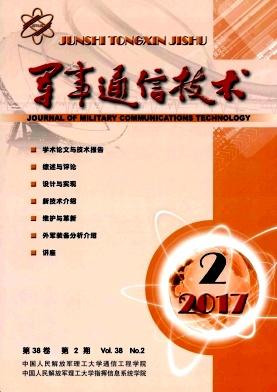Performance analysis of Reed-Solomon codes in a slightly dispersive optical PPM system
引用次数: 3
Abstract
Uncoded and coded optical pulse position modulation (PPM) systems are compared for both direct and heterodyne detection. Simulations of these systems with different code rates are included, and the gains obtained in the coded cases are reported. By using Reed-Solomon codes, it is seen that the performance of a coded system is improved over an uncoded system in direct detection. As the code rate is reduced, the system performance gets better. Among the three different code rates tested, the code rate of 1/3 seems to be the best choice. The same applies to the heterodyne detection system. When Reed-Solomon codes are applied to a heterodyne system, it is observed that the efficiency of the system improves.<里德-所罗门码在微色散光学PPM系统中的性能分析
对直接和外差检测的非编码和编码光脉冲位置调制(PPM)系统进行了比较。文中对这些系统在不同码率下进行了仿真,并对编码情况下的增益进行了分析。通过使用里德-所罗门码,可以看出,在直接检测中,编码系统的性能比未编码系统有所提高。码率越低,系统性能越好。在测试的三种不同码率中,1/3的码率似乎是最好的选择。这同样适用于外差检测系统。当里德-所罗门码应用于外差系统时,可以观察到系统效率的提高。
本文章由计算机程序翻译,如有差异,请以英文原文为准。
求助全文
约1分钟内获得全文
求助全文

 求助内容:
求助内容: 应助结果提醒方式:
应助结果提醒方式:


